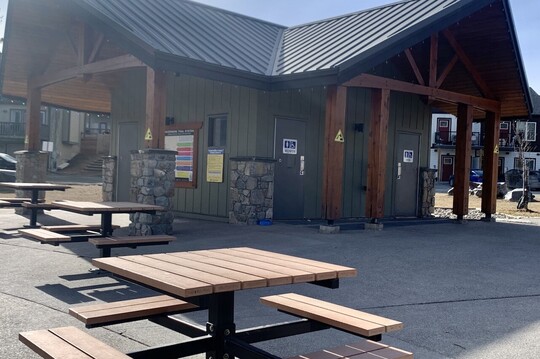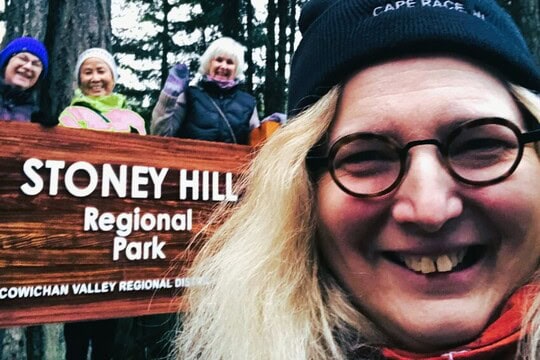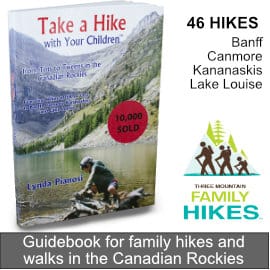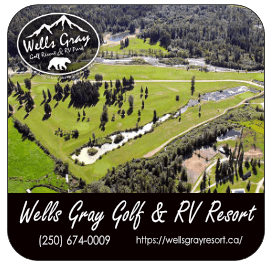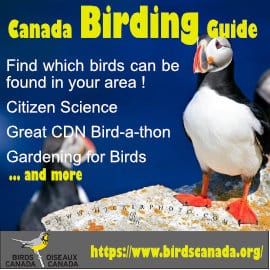Kootenay National Park
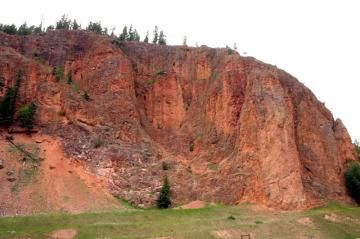
Park Size: 1,406 sq. kilometres
Park Amenities:
Kootenay National Park is a year round recreation and adventure destination situated in the Rocky Mountains and on the Continental Divide near the community of Radium Hot Springs in the Kootenay region of British Columbia, Canada.

The south entrance of the wilderness park is located on Highway #93 near the Village of Radium Hot Springs. The northeast entrance is located on the same highway near the BC / Alberta Border and Banff National Park.
Kootenay National Park was established in 1920 and covers 1,406 sq. kilometres. The park is full of First Nation history and is very much left in its wilderness state. The forest eco system includes mountain peaks, alpine glaciers, roaring rivers and meadows of grasslands. In fact, the national park is the only BC National Park containing a grassland eco system.
Some of the highlights of the Kootenay National Park include the white cliffs of Marble Canyon, the mineral springs and red earth of the Paint Pots and Radium Hot Springs.
During the simmer months people enjoy hiking, backpacking, wilderness camping, mountain biking, mountaineering, rock climbing, fishing, river kayaking, horseback riding, river rafting and sightseeing. During the winter months people visit the park to experience snowshoeing, cross country skiing and ice climbing.
Some hiking routes are short trails and only take 1-3 hours to complete like the Juniper, Redstreak, Cobb Lake, Valley View, Numa Creek, Nixon Lake, Haffner Creek and Dog Lake hiking trails. Then there are full day hikes that take 5-8 hours to enjoy like the Kimpton Creek, Kindersley Pass, Sinclair Creek, Hawk Creek, Dolly Varden and the Stanley Glacier hiking trails.
Some of the multi day backpacking hikes to overnight wilderness campgrounds in the Kootenay National Park include the Floe Lake, Rockwall, Tumbling/Helmut Creek Circuit, Tokumm Creek to Fay Hut and Redearth Pass backcountry trails. Access to the Kootenay National Park requires a park permit.
The campsites in the backcountry are wilderness campgrounds with few amenities and operate on a pack-in, pack-out mentality. Some of the wilderness campgrounds include tent pads, bear poles and pit toilets but not all. The wilderness campgrounds include the Floe Lake, Verdant Creek, Ottertail Pass, Tumbling Creek, Helmut Falls, Tokumm Valley, Kaufmann Lake and Numa Creek.
The Kootenay National Park includes, both, drive in and wilderness backcountry camping. The drive in campgrounds are easily located off of Highway #93 -- Cook's Meadow Group Campground, Dolly Varden, Redstreak, MacLeod Meadows and Marble Canyon Campgrounds.
Mountain biking is only permitted on the gravel access fire roads in the park. These are the forestry roads used by the park rangers to maintain the park. Horseback riding is also permitted on the fire roads but permission from the park is required.
Wildlife in the Kootenay National Park includes the badger, wolf, bighorn sheep, rubber boa, caribou, black bear, grizzly bear, coyote, lynx, wolverine, elk, mule deer, cougar, moose, mountain goats and plains bison. Birds in the Kootenay National Park include the common nighthawk, lewis' woodpecker, warbler, olive sided flycatcher, short eared owl and bald eagle.
Address:
How To Get ToKootenay National Park
:Alberta Entrance: Travel south of Lake Louise, Jasper and Edmonton on Highway #1 to the intersection of Highway #1 and Highway #93. Highway #93 will lead all travelers into the Kootenay National Park.




